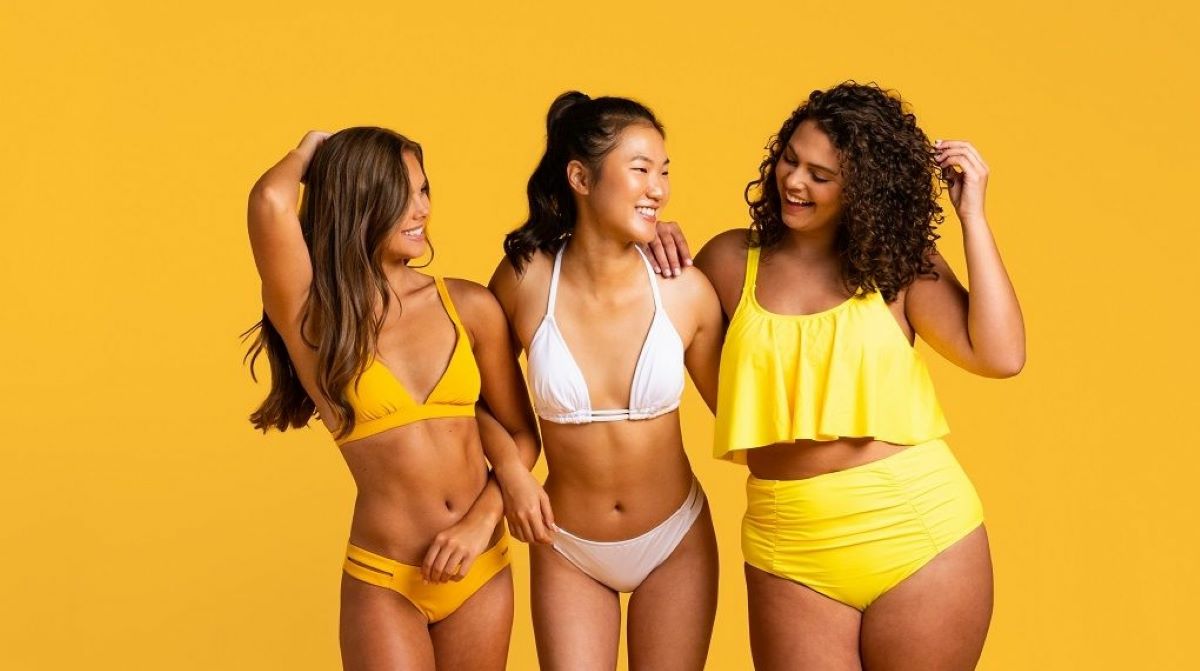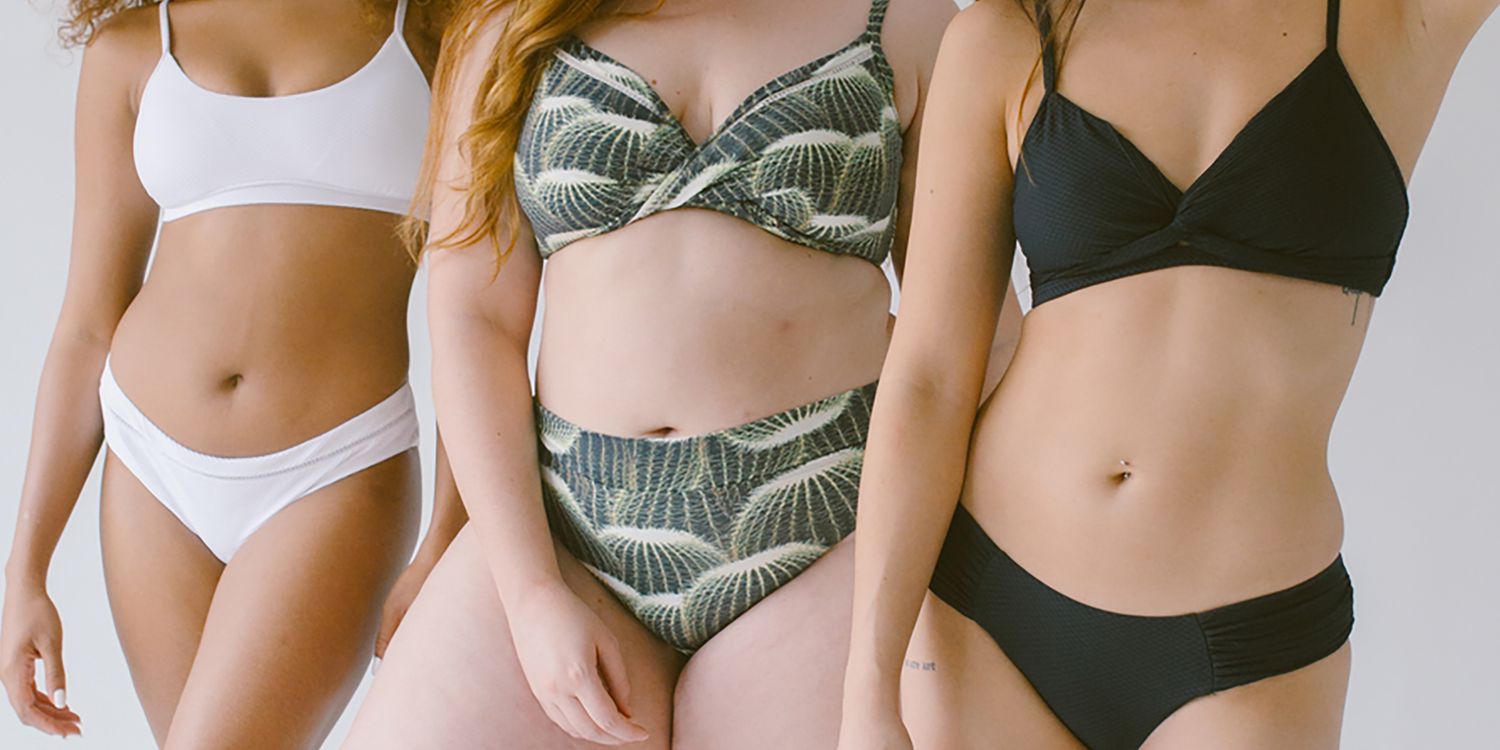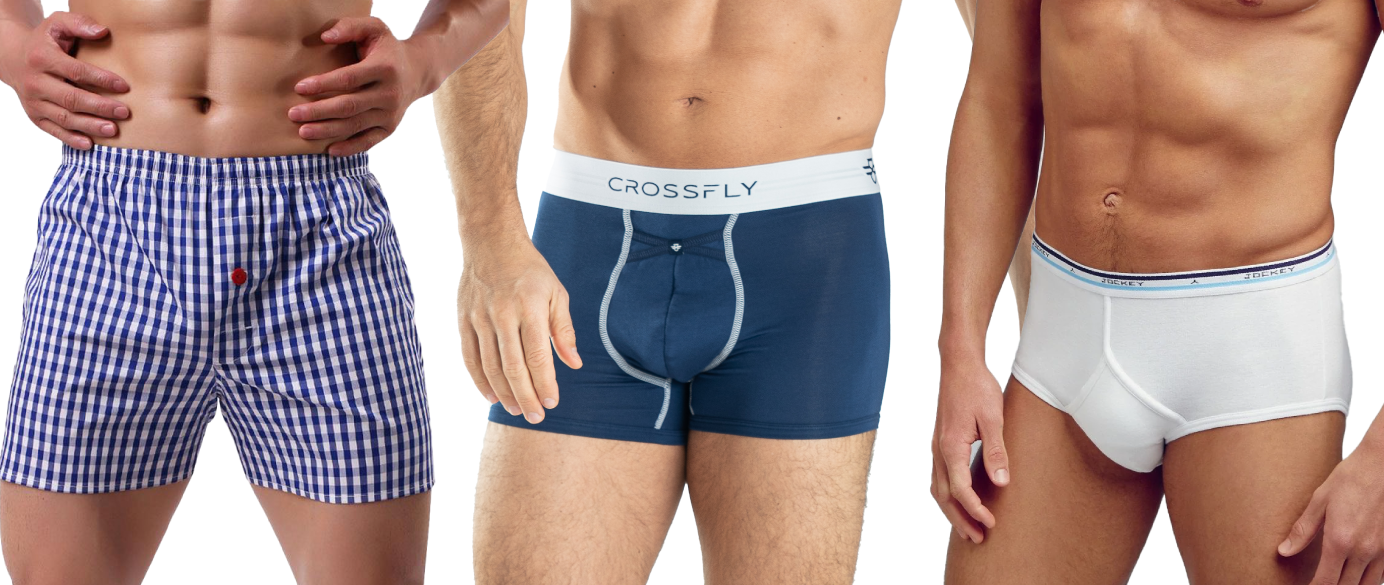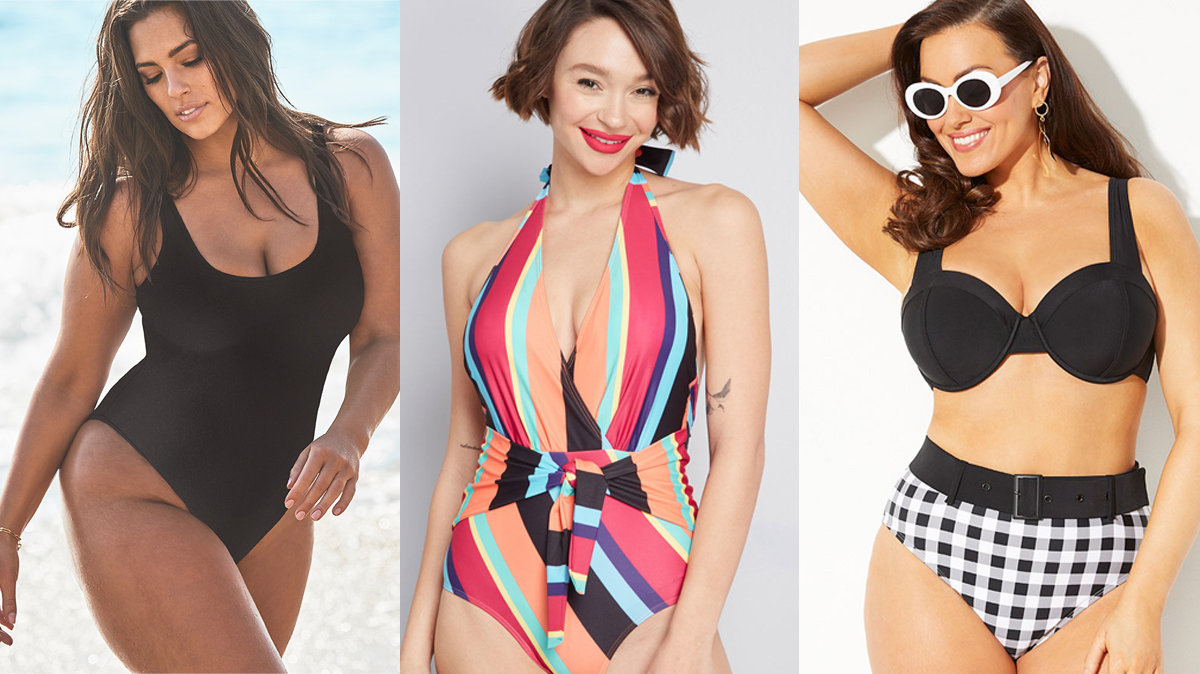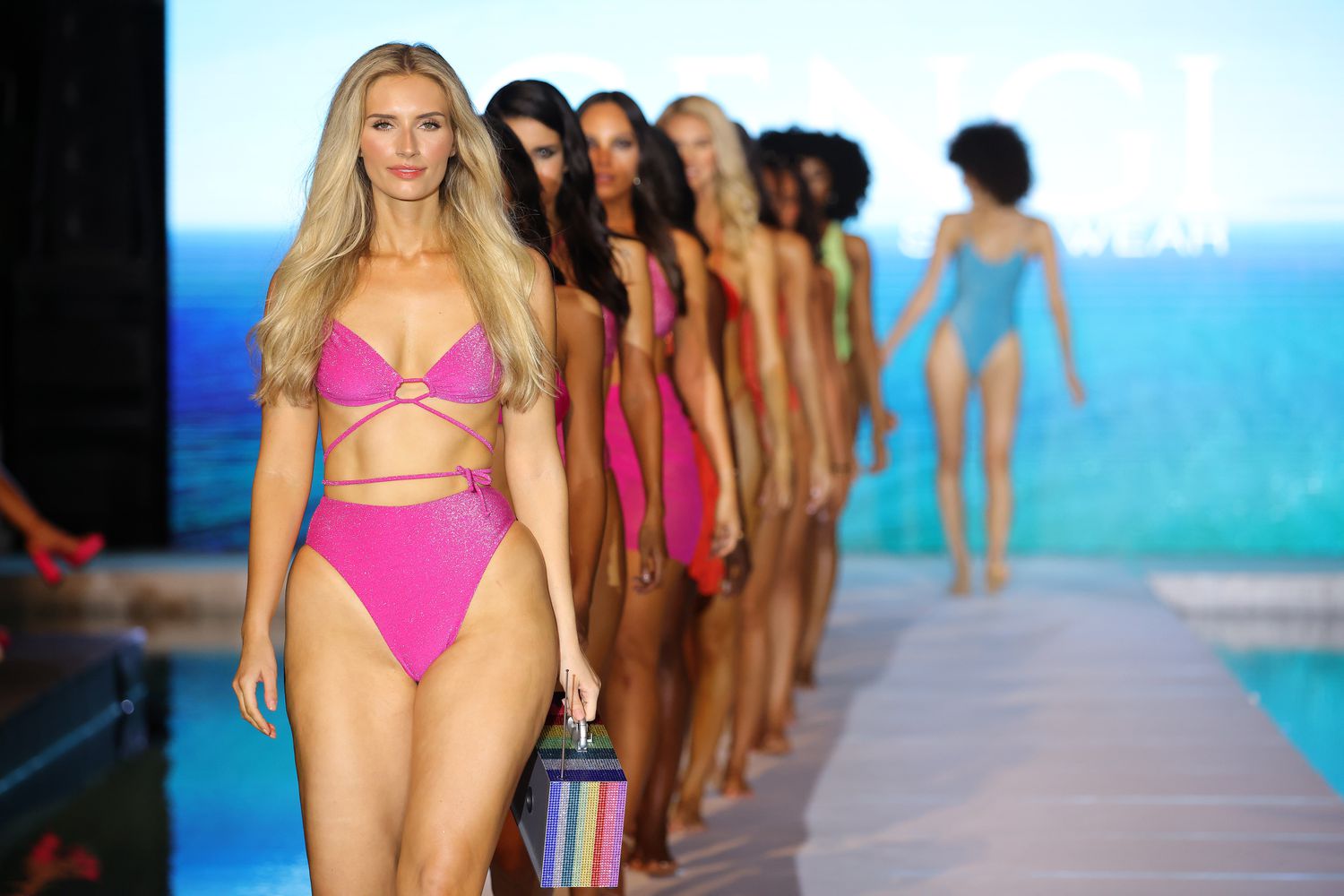Home>Women's Underwear>Swimwear>Between Burkini And Bikini I Don’t Know What To Wear
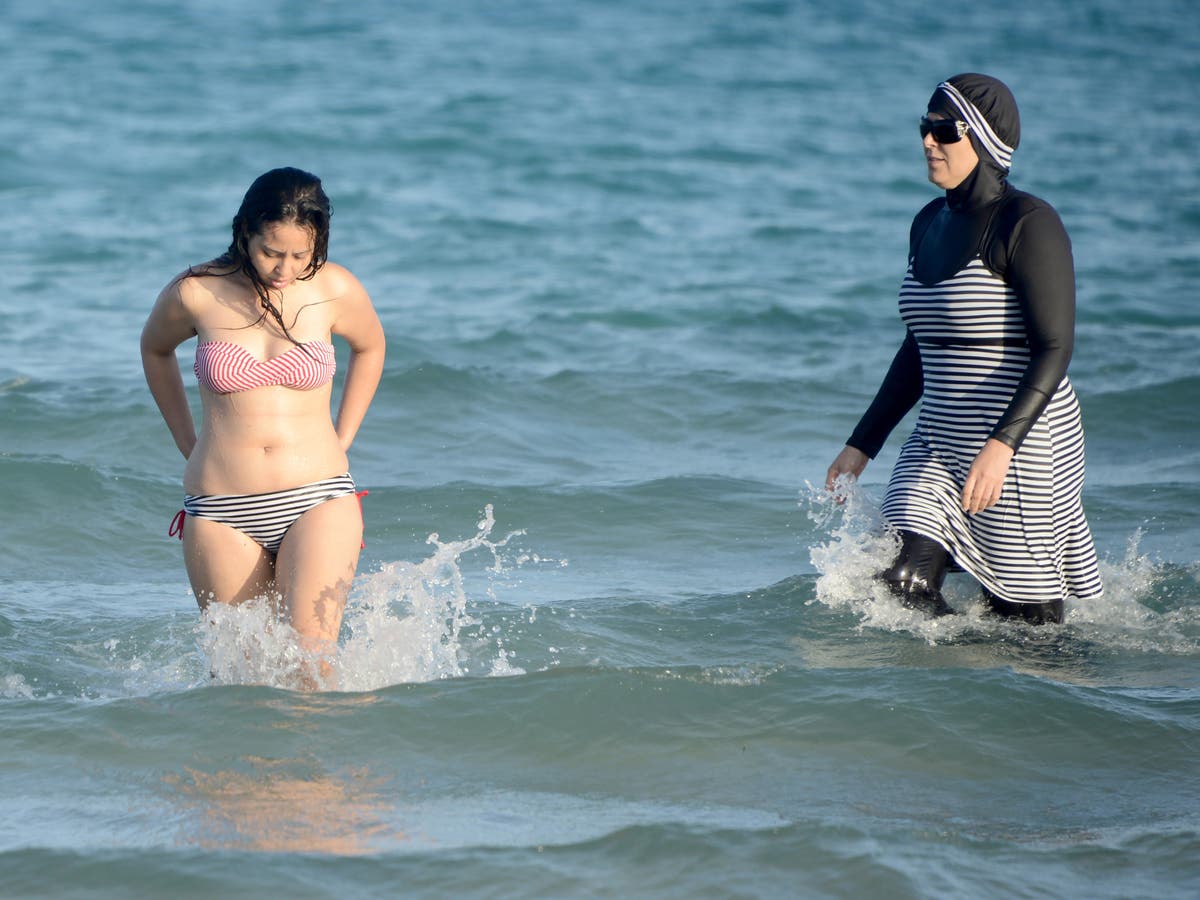

Swimwear
Between Burkini And Bikini I Don’t Know What To Wear
Modified: September 23, 2023
Explore the dilemma of choosing between burkini and bikini for your swimwear. Find the perfect balance with our selection of stylish options.
(Many of the links in this article redirect to a specific reviewed product. Your purchase of these products through affiliate links helps to generate commission for Under-tec.com, at no extra cost. Learn more)
Table of Contents
Introduction
When it comes to beachwear, the choices are seemingly endless. From the modest burkini to the revealing bikini, women are faced with the dilemma of choosing the right swimwear. The burkini, a modest swimsuit that covers the body from head to toe, has gained popularity in recent years as a symbol of modesty and religious freedom. On the other hand, the bikini, with its skimpy two-piece design, has long been associated with a carefree and liberated lifestyle. With these two extremes, it can often be challenging to find swimwear that strikes the right balance between modesty and personal expression.
The burkini gained worldwide attention when it was banned in certain places, leading to debates about the limits of religious freedom and preserving local customs. Meanwhile, the bikini has faced its fair share of criticism for contributing to body image issues and sexual objectification. These contrasting viewpoints highlight the larger societal debates surrounding women’s choices and body autonomy.
In this article, we will explore the different types of swimwear, the social and cultural context surrounding them, and the personal preferences and considerations that come into play when choosing what to wear. We will also delve into the challenges of navigating public opinion and finding a balance between personal expression and societal expectations. Whether you prefer the modesty of a burkini or the freedom of a bikini, the ultimate goal is to feel comfortable, confident, and empowered in the swimwear you choose.
Understanding the Burkini
The burkini is a swimwear option that combines the principles of modesty and religious observance with the desire to participate in water activities. It typically consists of a long-sleeved top, full-length pants, and a head covering. The design allows women to adhere to their religious beliefs while still enjoying the benefits of swimming and engaging in outdoor activities.
The origins of the burkini can be traced back to Australia, where Aheda Zanetti created the garment in 2004. Since then, the burkini has gained popularity worldwide, especially among Muslim women who seek a way to maintain their modesty without compromising their active lifestyle. The burkini provides women with the freedom to swim, play sports, and enjoy the beach while respecting their cultural and religious values.
The burkini has not been without controversy, as some argue that it promotes a restrictive view of women’s bodies and reinforces patriarchal norms. However, proponents of the burkini argue that it empowers women by allowing them to make choices that align with their religious and cultural beliefs. It also challenges the Western notion of what constitutes “acceptable” swimwear, opening up discussions about diversity, inclusivity, and body acceptance.
In recent years, the burkini has faced bans in certain public spaces, sparking debates over religious freedom and cultural integration. These bans have ignited conversations about the balance between individual liberties and the needs of society. While some argue that the burkini is a symbol of oppression, others see it as an essential expression of personal identity and religious freedom.
Understanding the burkini goes beyond its physical design; it is an embodiment of personal choice, cultural heritage, and religious observance. By recognizing and appreciating the significance of the burkini, we can foster a more inclusive and respectful society that celebrates and respects diverse choices in swimwear.
Understanding the Bikini
The bikini is perhaps one of the most iconic and controversial swimwear styles in modern history. Introduced in 1946 by French designer Louis Réard, the bikini forever changed the fashion and cultural landscape. Consisting of a bralette top and a bottom with varying degrees of coverage, the bikini is known for its ability to showcase the female form and evoke feelings of liberation and confidence.
The bikini quickly gained popularity, becoming a symbol of women’s liberation and the changing social norms of the time. It challenged the conventions of modesty and embraced the celebration of the female body. The bikini allowed women to freely express themselves and reject societal expectations of covering up. It became a source of empowerment, self-expression, and body positivity.
However, the bikini has also been a subject of criticism. Some argue that its skimpy design objectifies and sexualizes women, perpetuating harmful beauty standards and encouraging body dissatisfaction. The pressure to attain a “bikini body” has led to body shaming and a distorted perception of beauty. It is essential to recognize and challenge these harmful narratives, promoting body acceptance and encouraging diverse representations of beauty.
Despite the criticisms, the bikini continues to be a popular swimwear choice for many women around the world. Its versatility, wide range of styles, and ability to flatter various body types are among the reasons for its enduring appeal. With endless options, from high-waisted bottoms to string bikinis, women can find a bikini that suits their individual style and comfort level.
In recent years, there has been a shift towards embracing body positivity and inclusivity in the bikini industry. More brands are offering sizes and designs that cater to a diverse range of body types. Furthermore, campaigns and social media movements have promoted body acceptance and encouraged women to feel confident and comfortable in their own skin, regardless of societal pressures.
Understanding the bikini goes beyond its physical design; it represents freedom, self-expression, and a celebration of the female form. It is important to recognize and embrace the bikini’s historical and cultural significance while advocating for body positivity and inclusivity in the swimwear industry.
Social and Cultural Context
Swimwear choices are not made in a vacuum; they are influenced by a complex array of social and cultural factors. Different societies and cultures have varying norms and expectations regarding modesty, body image, and religious beliefs, which shape the swimwear options available and the choices individuals make.
In some conservative societies, modesty is valued, and women are expected to cover their bodies more extensively. This may lead to the popularity of swimwear options such as the burkini, which provides women with the opportunity to adhere to cultural and religious expectations while participating in water activities. On the other hand, in more liberal societies, swimwear options tend to be more revealing, allowing for greater freedom of expression and body exposure.
Religious beliefs also play a significant role in swimwear choices. For example, Muslim women who wear the hijab or follow modesty guidelines may opt for swimwear options that provide coverage while still allowing them to enjoy water activities. Similarly, some orthodox Jewish women may choose to wear full-body swimwear to adhere to religious laws of modesty.
Body image ideals also heavily influence swimwear choices. In some societies that prioritize thinness and a certain body ideal, individuals may feel pressured to choose swimwear that best fits these expectations. This can perpetuate body stereotyping, leading to body dissatisfaction and low self-esteem. However, there is a growing movement towards body acceptance and embracing diverse body types, encouraging individuals to choose swimwear that makes them feel comfortable and confident, regardless of societal ideals.
Furthermore, popular culture and media have a significant impact on swimwear trends and choices. Celebrity fashion, magazine covers, and social media influencers often dictate what is considered fashionable or trendy. These external influences can create a sense of pressure to conform and choose swimwear that aligns with societal expectations.
Understanding the social and cultural context surrounding swimwear choices helps foster inclusivity and respect for diverse preferences. It is important to recognize that there is no one-size-fits-all approach when it comes to swimwear, and individuals should have the freedom to choose what makes them feel comfortable and empowered, regardless of societal norms or cultural expectations.
Choosing What to Wear: Personal Preferences
When it comes to choosing swimwear, personal preferences play a significant role. Each individual has their own unique style, comfort level, and body confidence, which influence their selection of swimwear. What one person finds empowering and comfortable may be entirely different from another person’s preference.
Personal style is an essential factor in swimwear selection. Some individuals gravitate towards bold and vibrant patterns, while others prefer solid colors or more minimalistic designs. The options are endless, ranging from retro-inspired one-pieces to trendy high-waisted bikinis. The freedom to express oneself through swimwear is an opportunity to showcase personal taste and style.
Comfort is another vital aspect when choosing swimwear. Each body is different, and what may be comfortable for one person may not be for another. It’s important to consider factors such as fit, fabric, and support in order to find swimwear that allows for ease of movement and confidence. Striking a balance between style and comfort ensures enjoyment and confidence during water activities.
Body confidence is a key consideration when selecting swimwear. It’s natural for individuals to have varying levels of comfort with their bodies. Some may feel more confident and empowered in a bikini, embracing their curves and celebrating their bodies. Others may prefer more coverage, opting for one-pieces or tankinis that provide a sense of security and self-assurance. The goal is to choose swimwear that makes one feel confident and comfortable in their own skin.
It’s also important to remember that personal preferences may evolve over time. As individuals grow and change, their style, comfort level, and body confidence may shift as well. It’s essential to be open to trying new swimwear styles and embracing self-discovery in swimwear choices.
Ultimately, choosing what to wear when it comes to swimwear should be a personal decision, free from judgment or pressure. It’s a chance to express oneself, feel confident, and embrace individuality. Whether one chooses a burkini, a bikini, or any other swimwear style, the most important aspect is to feel comfortable, empowered, and beautiful in one’s own skin.
Navigating Public Opinion
Choosing swimwear can sometimes be influenced by the opinions and judgments of others. Public opinion surrounding swimwear can vary greatly depending on cultural, societal, and individual beliefs. Navigating these opinions can be a challenging task, but it’s important to remember that the most important opinions are your own and how you feel in your chosen swimwear.
One of the challenges individuals may face is the pressure to conform to societal norms and expectations. There may be an underlying belief that certain swimwear styles are more “acceptable” or “appropriate” than others. This pressure to conform can lead to feelings of self-consciousness and a fear of judgment. However, it’s crucial to recognize that swimwear choices should be based on personal comfort and confidence, rather than trying to please others.
Criticism and negativity from others can also present a hurdle when navigating public opinion. Some individuals may find their choices scrutinized or face backlash for wearing what makes them feel comfortable. It’s important to remember that everyone has the right to wear swimwear that aligns with their personal preferences and beliefs. Building resilience and embracing self-acceptance can help individuals withstand any negativity that may come their way.
On the other hand, positive public opinion and words of encouragement can be empowering. Receiving compliments or support from others can boost confidence and reinforce that one’s chosen swimwear is valid and beautiful. Seeking out inclusive communities, online or offline, can provide spaces to share experiences, receive support, and find inspiration in the diverse swimwear choices of others.
Education and awareness are key tools in navigating public opinion. By fostering conversations and promoting understanding about diverse swimwear choices, we can challenge stereotypes and broaden perspectives. This can help create a more inclusive environment where individuals feel accepted and celebrated irrespective of their swimwear choices.
In the end, it’s important to remember that public opinions about swimwear are subjective and can vary widely. The most important perspective is one’s own, as it is the individual who knows their own comfort level, style, and body confidence best. Embracing self-acceptance, resilience, and forging a positive relationship with one’s own body can empower individuals to navigate public opinion and choose swimwear that makes them feel confident and at ease.
Conclusion
The choice of swimwear is a deeply personal decision that is influenced by a multitude of factors, including cultural norms, religious beliefs, personal preferences, and societal expectations. The burkini and bikini represent two ends of the spectrum, each with its own significance and implications. Understanding and respecting the diverse swimwear choices allows for a more inclusive society that embraces individuality and self-expression.
The burkini provides a way for individuals to adhere to cultural and religious beliefs while participating in water activities. It symbolizes modesty, religious freedom, and the right to express personal identity. On the other hand, the bikini represents liberation, body confidence, and the celebration of individuality. It challenges societal norms and promotes body positivity. Both choices are valid and should be respected.
Navigating public opinion can be difficult, as swimwear choices often face scrutiny and judgment. However, it is essential to remember that the most crucial opinions are those of the individuals themselves. Personal comfort, style, and body confidence are paramount in choosing swimwear that makes one feel empowered and beautiful. Embracing self-acceptance and resilience can help shield against negativity and societal pressures.
Through education, awareness, and open dialogue, we can challenge stereotypes and foster inclusivity. It’s important to celebrate the diversity of swimwear choices and promote body acceptance, regardless of societal ideals. By embracing and respecting different swimwear preferences, we can create a more supportive and inclusive environment for all individuals.
In the end, swimwear choices should be a reflection of personal style, comfort, and empowerment. Whether one chooses a burkini or a bikini, or any other swimwear style, the goal is to feel confident, beautiful, and comfortable in one’s own skin. By celebrating individual preferences and promoting body acceptance, we can create a society where all swimwear choices are embraced, and everyone feels empowered to express themselves freely.

